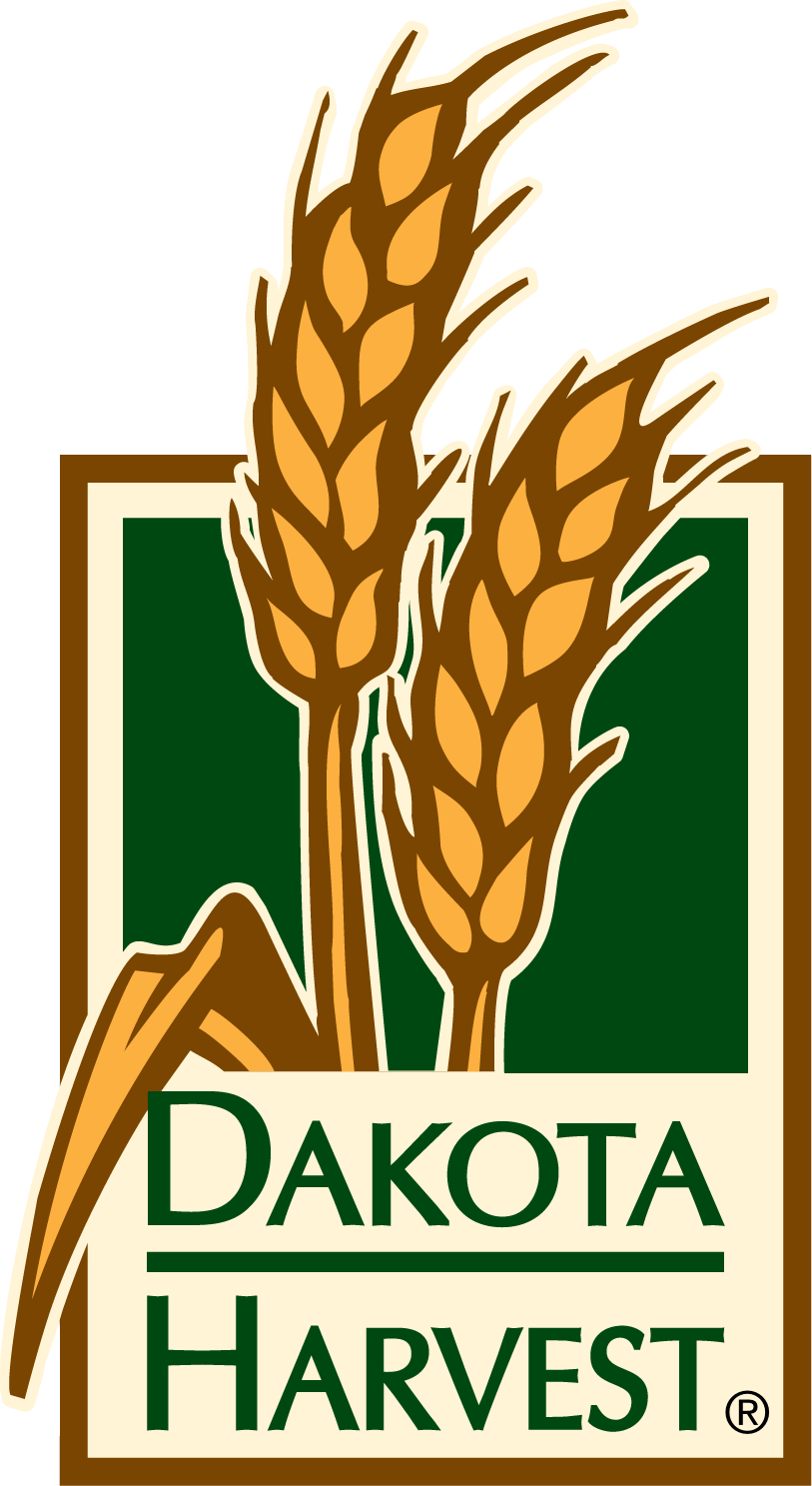A History of Hot Cross Buns
27 02, 16 16:44 Filed in: Baking
by George Kelley
“Good Friday comes this month; the old woman runs. One a penny, two a penny, hot cross buns!” - Poor Robin’s Almanack (1733)
With the Easter season upon us, it’s time for the return of a Dakota Harvest spring tradition: The hot cross bun. It’s a rich dough, lightly sweet, and flavored with spices and dried fruit. But where did hot cross buns come from?

“Good Friday comes this month; the old woman runs. One a penny, two a penny, hot cross buns!” - Poor Robin’s Almanack (1733)
With the Easter season upon us, it’s time for the return of a Dakota Harvest spring tradition: The hot cross bun. It’s a rich dough, lightly sweet, and flavored with spices and dried fruit. But where did hot cross buns come from?

Many cultures have used sweetened or spiced breads to mark special occasions. These “celebration cakes” have been documented all the way back to ancient Mesopotamia. The modern hot cross bun is a proud descendant of this lineage, coming to us from England.
In pre-Christian Britain, sweetened breads were offered to Eostre, the Saxon goddess of light, to mark the return of spring. At that time, the tops of the loaves were cut with a Celtic cross to symbolize the intersection of the earthly/human realm (the horizontal line) with the heavens/divine (the vertical line). As Christianity spread, the spring celebration of Eostre became the Christian Easter, and the special breads continued their tradition.
In Elizabethan times, the law decreed that spiced breads could only be sold on Good Friday and Christmas. By the 1700s, cross buns were available throughout the British Empire during Lent, with street vendors selling warm rolls known as “hot cross buns”.
By the 1870s, the recipe included currants, cardamom and other spices. The cross cut in the tops of the buns was replaced with a citrus icing, and the modern hot cross bun was born!
blog comments powered by Disqus
